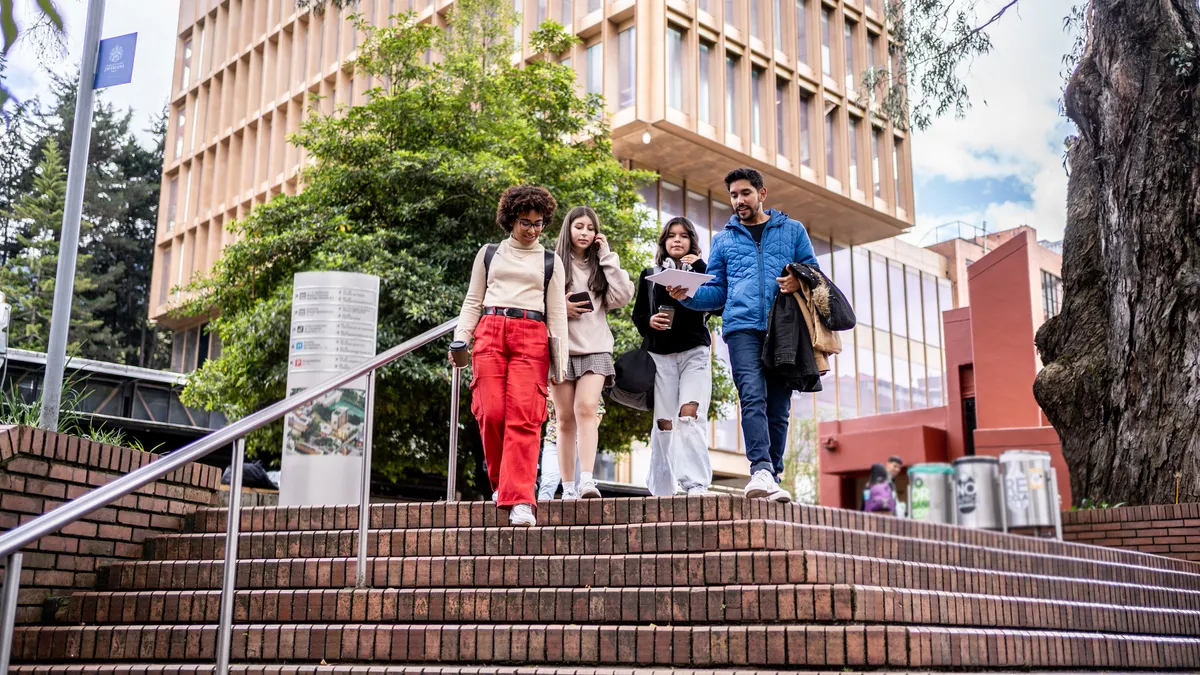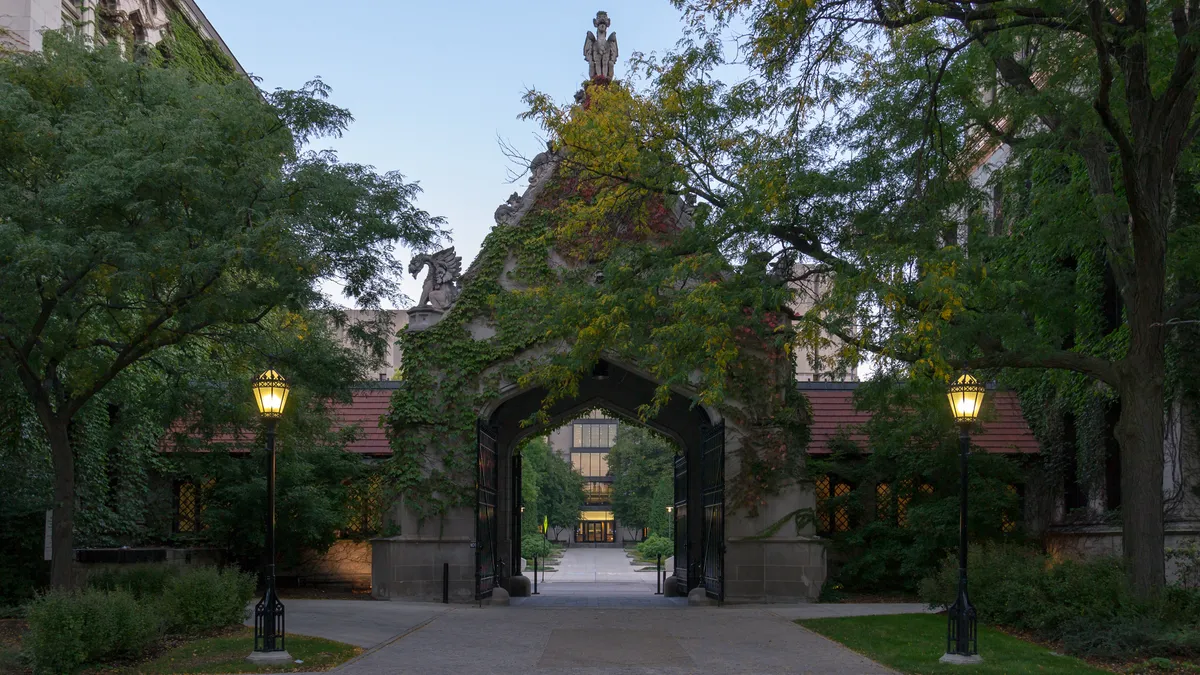Dive Brief:
- A new study from Harvard, UC Berkeley and the National Bureau of Economic Research finds a significant impact on enrollment and degree completion when spending is increased for all types of degree and certification programs across two-year and four-year institutions.
- The authors find that spending cuts actually impact core instruction and student outcomes, and Diverse reports the study found a 10% increase in spending at two-year institutions increased enrollment by 10% over the next three years, while four-year institutions also saw enrollment gains with increased spending.
- Government programs geared toward reducing per-student spending will not increase or even negatively affect degree attainment, as the authors write that federal support of higher education may be more effective if provided as a subsidy directly to institutions.
Dive Insight:
As the cost of college has risen and it has become much more difficult for students to obtain a degree, there has been an increased focus on lowering tuition and making college more affordable. At the institutional level, several states like New York have already taken steps to offer free tuition options for students attending public institutions. But this emphasis on providing lower or free tuition comes alongside increasingly tight state budgets for institutions, with some, like those in Louisiana, even having to pay money awarded back to the state because of mandated costs.
And state budgets are only getting worse, with a recent report showing 33 states had revenue below their original projections, which impacted how many resources they gave to institutions.
Efforts on both the part of the government and institutions to reduce spending, however, may not be leading to the outcomes they desire, as shown by the study's authors. While institutions have started to focus on offering reduced tuition, the need to lower per-student spending due to limited state awards could still negatively impact how students fare on campus. And limited help from the state can affect whether colleges and universities provide quality instruction and student retention programs.
For instance, the study cites the example of a Massachusets scholarship program, which encouraged students to move from private institutions with ample resources to public institutions, and the impact was a lower graduation rate. The results suggest that resources available for students, which come from spending and not just the cost of tuition, strongly affect student outcomes.
To address a trend of lower public funds and a demand for reduced tuition, while not sacrificing spending on valuable resources, institutions can try to invest in resources and staff that could conduct outreach to students who might be adversely affected by continuing tuition hikes. Schools should also work to make sure the resources and staff to support students seeking financial aid assistance are readily available. In response to a burgeoning desire for more services, some schools have set up 'satellite counseling' service stations in dorms or other places where students congregate.
Schools could mirror this proactive approach to offer financial aid literacy and counseling by reaching out to local businesses and community centers to ensure financial aid staff and services are available to potential applicants. Administrators could also work to target college freshmen who may be unaware of the financial opportunities that could keep them on campus by organizing financial aid 'office hours' in dorms or other popular student spots.








